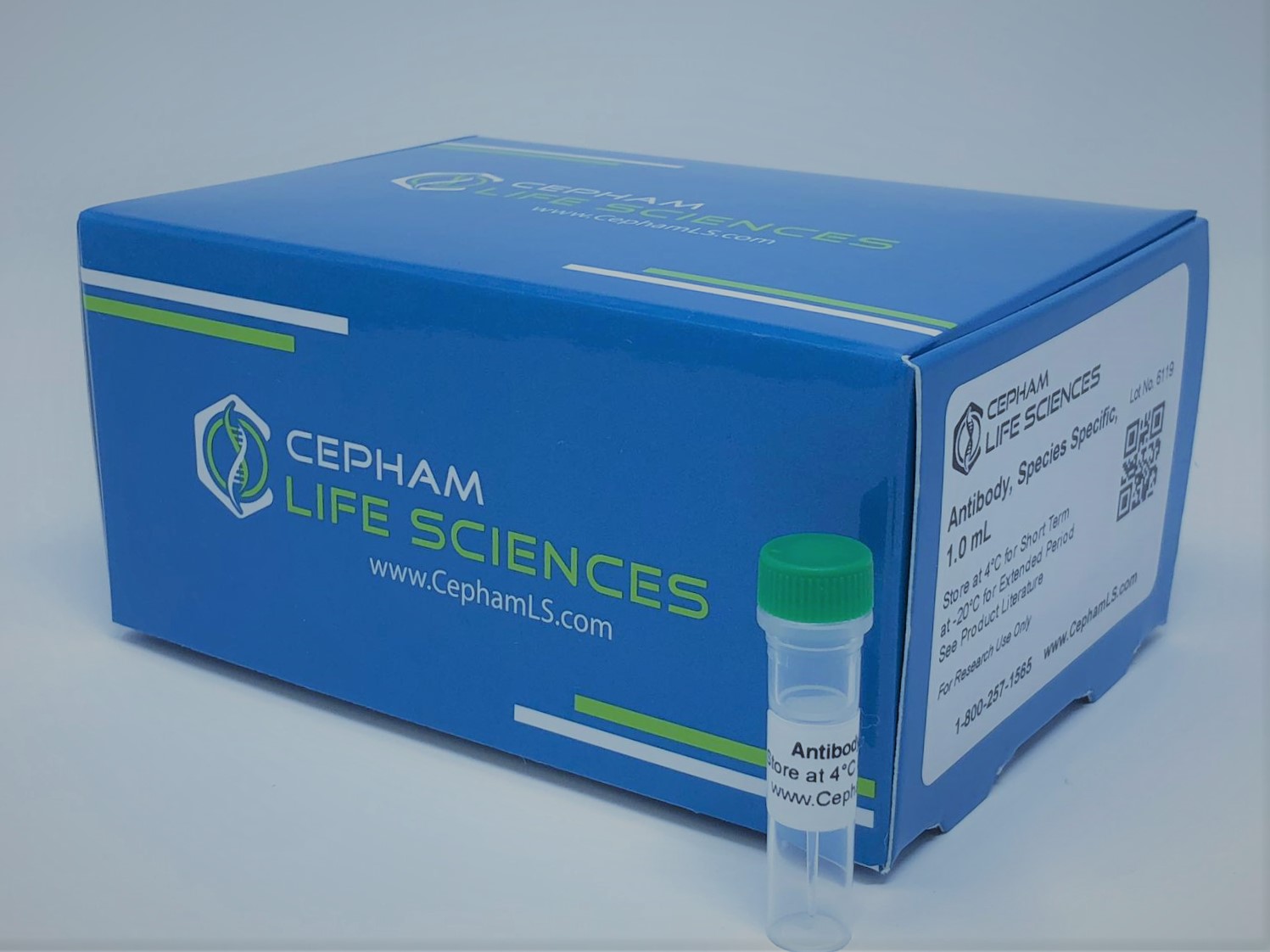Description
Aliases
CHEK2; CHK2; Cds1; Chk2; RAD53
Antibody Type
Polyclonal Antibody
Uniprot ID
Swiss-Prot#: O96017;
NCBI Gene#: 11200;
Immunogen
Peptide sequence around phosphorylation site of threonine383 (M-R-T(p)-L-C) derived from Human Chk1.
Raised In
Rabbit
Species Reactivity
Human Mouse Rat
Tested Applications
WB IF Recommended dilution: Western blotting: 1:500~1:1000, Immunofluorescence: 1:100~1:200
Background / Function
In response to DNA damage and replication blocks, cell cycle progression is halted through the control of critical cell cycle regulators. The protein encoded by Chk2 gene is a cell cycle checkpoint regulator and putative tumor suppressor. It contains a forkhead-associated protein interaction domain essential for activation in response to DNA damage and is rapidly phosphorylated in response to replication blocks and DNA damage. When activated, the encoded protein is known to inhibit CDC25C phosphatase, preventing entry into mitosis, and has been shown to stabilize the tumor suppressor protein p53, leading to cell cycle arrest in G1. In addition, this protein interacts with and phosphorylates BRCA1, allowing BRCA1 to restore survival after DNA damage. Mutations in this gene have been linked with Li-Fraumeni syndrome, a highly penetrant familial cancer phenotype usually associated with inherited mutations in TP53. Also, mutations in this gene are thought to confer a predisposition to sarcomas, breast cancer, and brain tumors. This nuclear protein is a member of the CDS1 subfamily of serine/threonine protein kinases. Three transcript variants encoding different isoforms have been found for this gene.Shannon L. Gibson, Cancer Res., Dec 2005; 65: 10734 – 10741. Jinwoo Ahn, J. Biol. Chem., Dec 2002; 277: 48418 – 48426. Nabil H. Chehab, Genes & Dev., Feb 2000; 14: 278.
Conjugate
Unconjugated
Storage Buffer
Rabbit IgG in phosphate buffered saline (without Mg2+ and Ca2+), pH 7.4, 150mM NaCl, 0.02% sodium azide and 50% glycerol.
Form
liquid
Storage
Shipped at 4°C. Upon delivery aliquot and store at -20°C or -80°C. Avoid repeated freeze.
Purity
Antibodies were produced by immunizing rabbits with synthetic phosphopeptide and KLH conjugates. Antibodies were purified by affinity-chromatography using epitope-specific phosphopeptide. Non-phospho specific antibodies were removed by chromatogramphy using non-phosphopeptide.
Modification
Phospho-Thr383
Additional information
| Size | 100?l |
|---|


